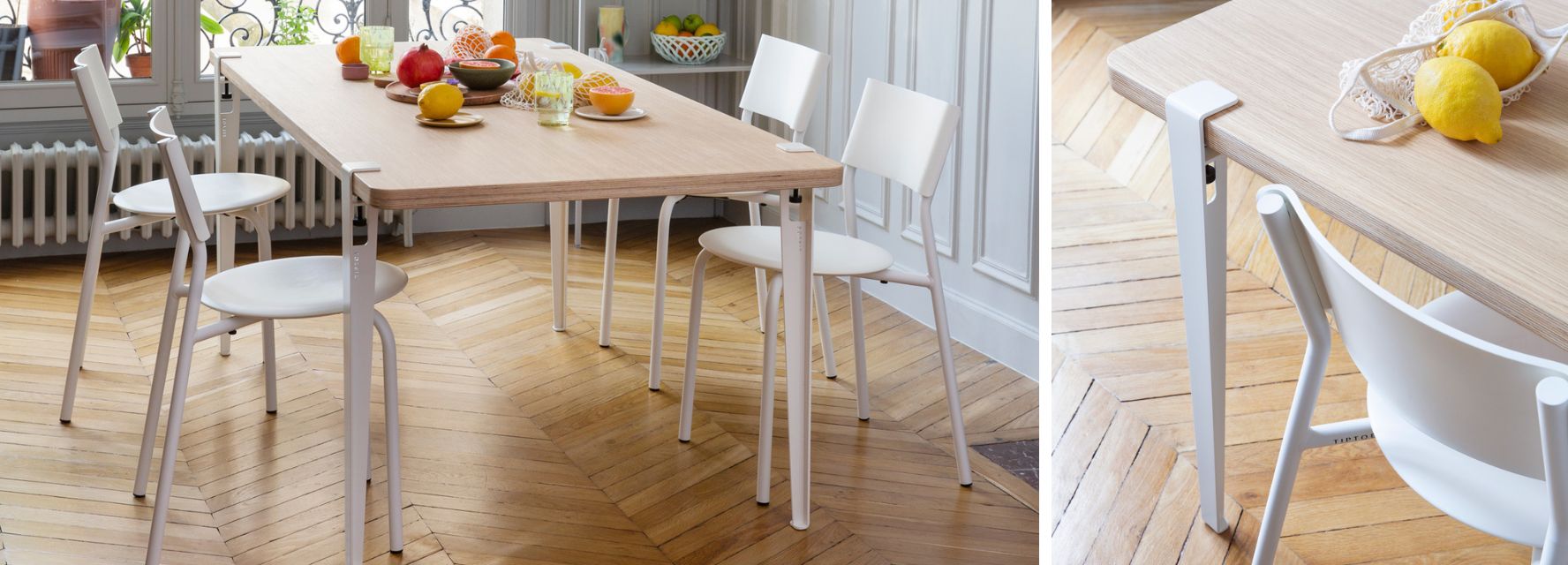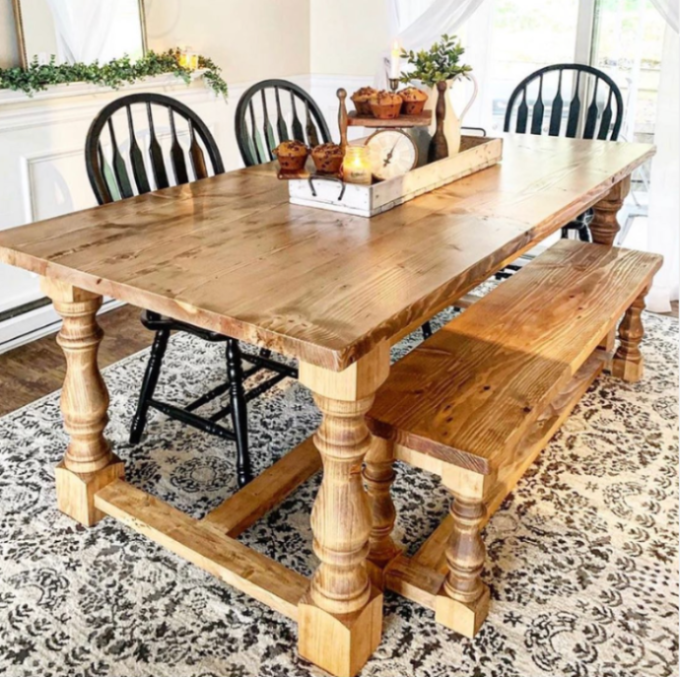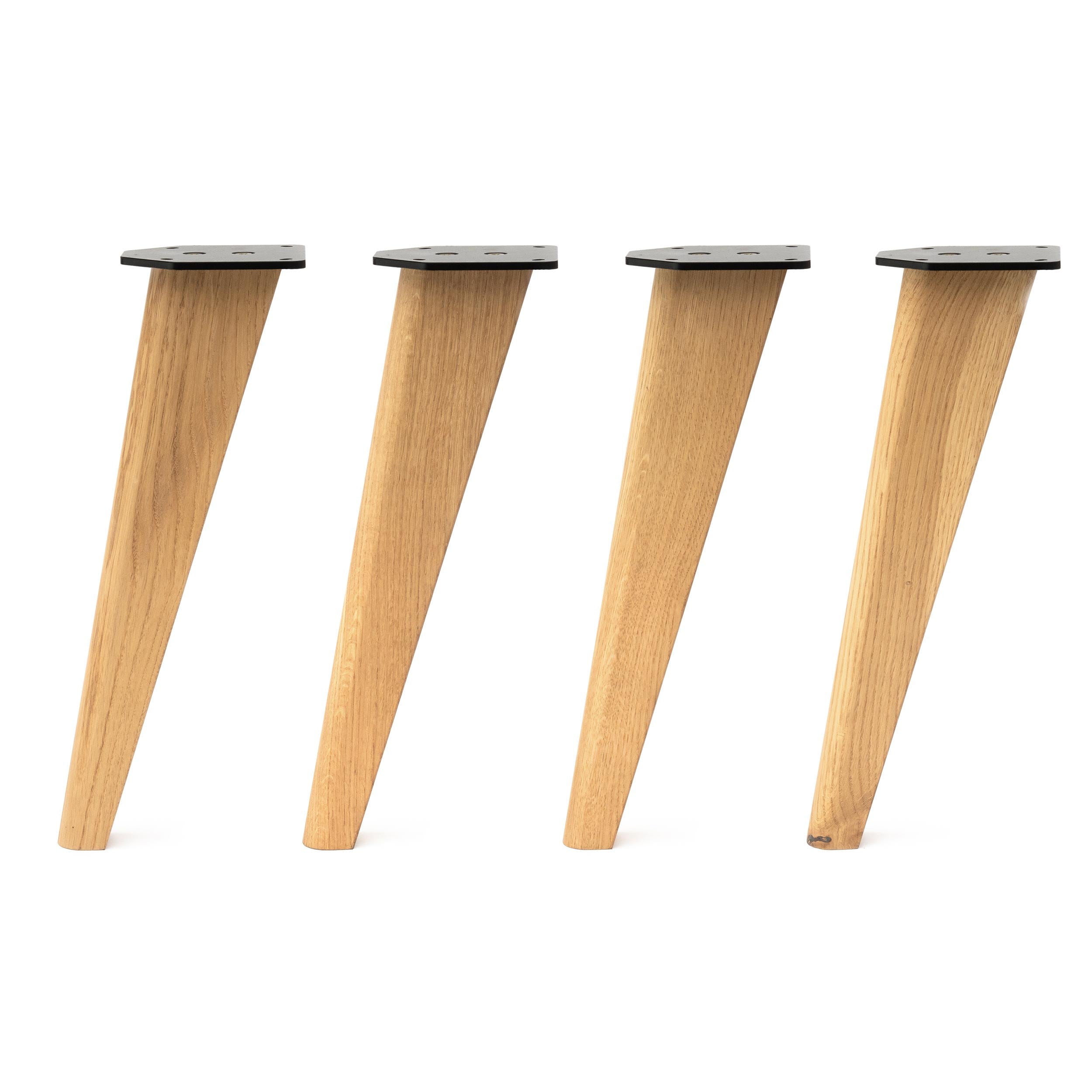Exploring the Different Kinds Of Table Legs Timber for Your Dining Space
The selection of dining table legs wood can greatly impact both the functional and visual qualities of your dining area. Strong timber options, such as oak and walnut, provide a classic look with unparalleled durability, while engineered timber options offer cutting-edge layouts that resemble the splendor of natural grains.
Solid Timber Options

Unlike engineered products, strong timber is much less susceptible to bending and damages over time when effectively preserved. Each piece of strong timber is special, showcasing specific qualities that include to the appeal and character of the dining table.
Additionally, solid wood can be finished in many means, varying from all-natural oils to discolored coatings, enabling homeowners to personalize their furnishings to match their style. In recap, picking solid wood for eating table legs not just makes sure structural integrity however additionally boosts the visual allure of the dining area, making it a worthwhile investment for any type of home.
Engineered Timber Alternatives

Plywood, created from several layers of wood veneer, is secure and specifically strong, making it a superb selection for dining table legs. Its split make-up permits it to endure changes in moisture and temperature far better than standard solid wood. MDF, on the other hand, provides a smooth surface area for painting or veneering, enabling developers to attain a refined look while preserving architectural honesty.
Particleboard, commonly used in economical choices, supplies respectable toughness and is lightweight, making it less complicated to deal with. Nonetheless, it may not be as durable as plywood or MDF. It is vital to take into consideration the intended usage and desired aesthetic when choosing crafted wood options. These products not just boost the functionality of eating rooms however additionally enable higher layout flexibility, making certain that typical and contemporary styles can exist side-by-side harmoniously.
Reclaimed Timber Includes
Recovered timber offers an unique blend of sustainability and character, making it an increasingly popular choice for dining table legs. Sourced from old barns, factories, and various other frameworks, reclaimed wood embodies a background that new materials simply can not reproduce. Each item lugs its very own story, marked by distinct flaws, try here knots, and varying grain patterns, which add to a table's special aesthetic appeal.
In enhancement to its aesthetic beauty, redeemed wood is an eco-friendly option. By repurposing previously made use of materials, it decreases the demand for new lumber, therefore assisting to preserve forests and minimize waste. This lines up with a growing consumer preference for lasting methods in furnishings.
Additionally, reclaimed timber is commonly a lot more long lasting than newly collected timber because of its age. The all-natural drying procedure that recovered wood goes through cause a denser and stronger product, making it less at risk to bending and splitting. This enhances the durability of eating tables, allowing them to hold up against the rigors of everyday use.
Softwood vs. Wood
When selecting table legs, comprehending the distinctions between softwood and hardwood is crucial for attaining both functional and aesthetic goals. Softwoods, derived from coniferous trees, such as ache and cedar, are defined by their lighter weight and simplicity of adjustment. They usually exhibit an even more rustic appearance, making them appropriate for country-style or laid-back dining areas. Softwoods are usually less resilient than woods, which can be see this here a consideration for households or those seeking long life in their furnishings.
On the other hand, woods, sourced from deciduous trees like maple, cherry, and oak, are renowned for their thickness, stamina, and toughness. The detailed grain patterns and abundant shades of woods provide a classic and sophisticated allure, making them perfect for formal dining setups. While hardwoods often tend to be much more expensive and much heavier, their durability versus deterioration commonly justifies the investment.
Ultimately, the option in between softwood and hardwood for dining table legs ought to line up with your style vision, use needs, and budget, ensuring that your eating room reflects your individual design while remaining functional gradually.

Finishes and Therapies
The visual charm and long life of table legs can be dramatically improved via different surfaces and therapies. These processes not only protect the wood from damages yet additionally boost its look, enabling it to enhance diverse indoor styles.
One common therapy is discoloring, which penetrates the timber and improves its all-natural grain while adding color. Stains supply a rich, stylish look, allowing property owners to match their furniture with existing design. On the other hand, clear surfaces such as polyurethane or varnish create a protective layer without modifying the timber's original hue, making sure toughness versus damage.
Additionally, natural oils, like tung or linseed oil, nourish the wood and supply a subtle luster, all while being environmentally friendly. These oils allow the surface area to breathe, stopping wetness accumulation and possible warping.
For those looking for a rustic beauty, weathered or distressed finishes can be used to produce an aged look, adding personality to the piece. Eventually, the choice of treatments and finishes depends upon personal preference, wanted aesthetics, and the particular wood type, making it vital to take into consideration these elements when picking table legs for your room.
Conclusion
Solid woods, crafted options, and redeemed alternatives each deal distinct advantages, providing to various choices and requirements. Eventually, the option of timber kind need to straighten with desired style, sturdiness, and ecological considerations, boosting the total eating experience.
The option of eating table legs timber can exceptionally affect both the practical and aesthetic high qualities of your dining area - Dining Table Legs Wood. Solid wood alternatives, such as oak and walnut, provide a classic appearance with unmatched resilience, while engineered wood choices offer ingenious layouts that simulate the richness of all-natural grains. Strong timber provides a timeless quality that can boost the total design of an click for info eating area. Each piece of strong wood is distinct, showcasing individual features that include to the appeal and character of the eating table
Moreover, recovered wood is frequently more sturdy than freshly gathered wood due to its age.